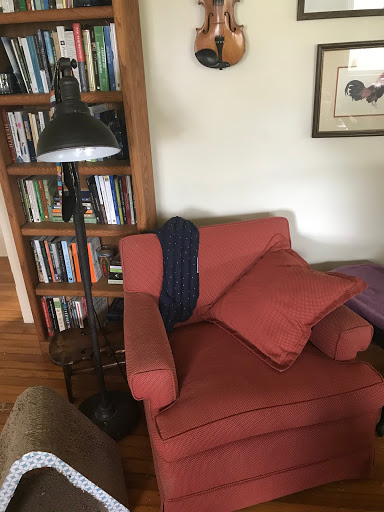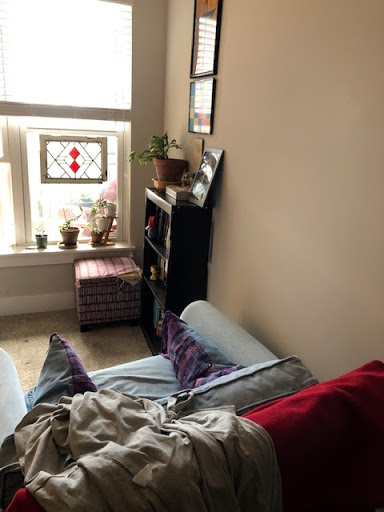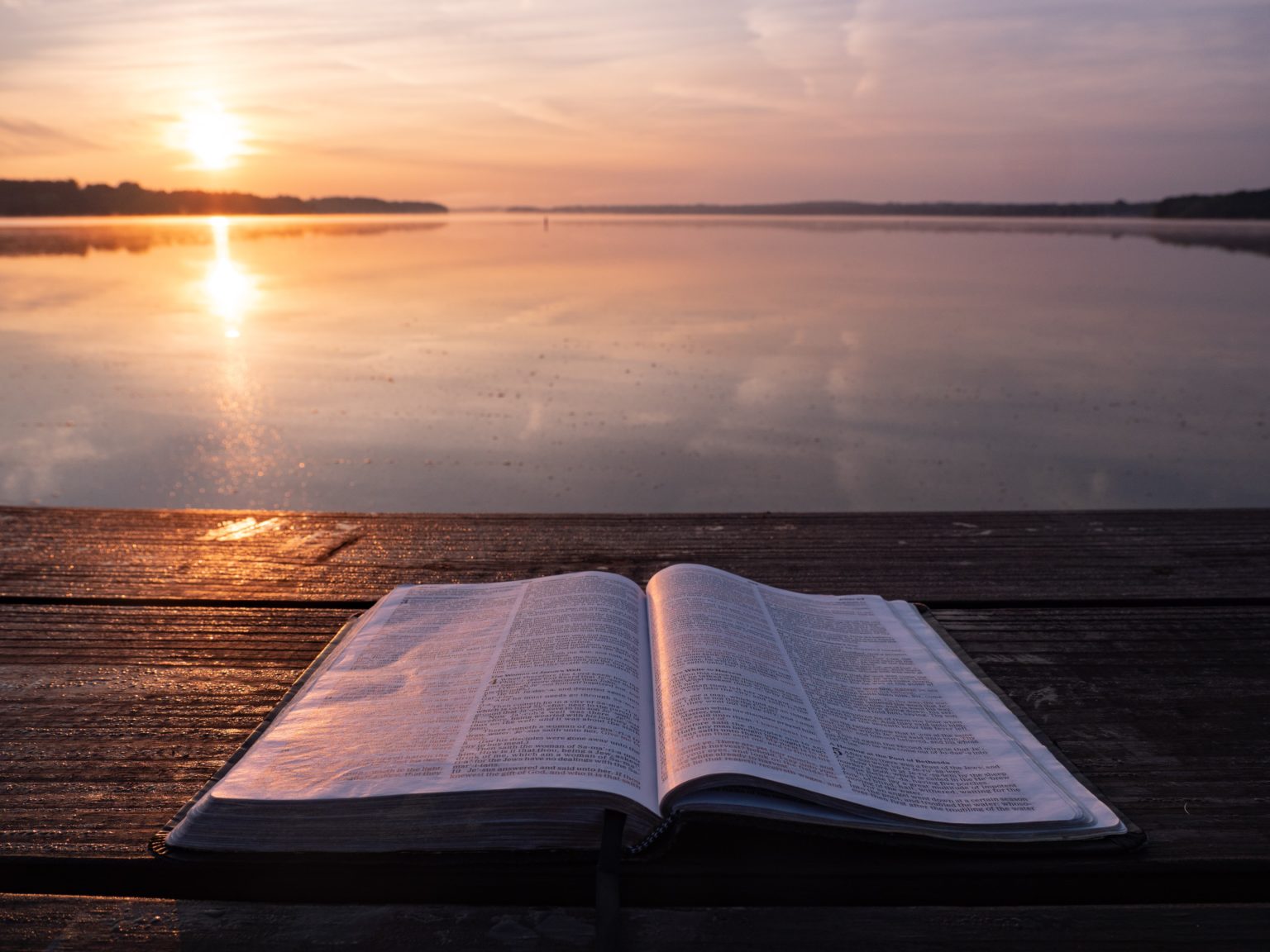What does “sacred space” mean to you?
This is the question I asked during my first virtual Sunday school class weeks ago. I teach a broad age range (3-9) so I never know what kind of answers I will get from my group. The kids responded with answers such as; somewhere special, cozy, calm, someplace full of blankets and books. I chose this question because now during the time of COVID we are choosing to not meet in person at our church and after moving my class into a digital realm I wanted to make sure we continue to make it feel like a sacred space.

As I consider how to accomplish this, like most people I draw on my life experiences. In college, I studied Emile Durkheim, a sociologist whose work concentrated on religion. According to Durkheim, religion is about the separation of the sacred from the profane. The sacred being something that rose above the business of everyday life. Or in the words of my Sunday school class, somewhere special. Durkheim’s definition of religion and sacred has always struck a chord with me because it made sense in my own spiritual life. I usually get in touch with God either in nature or through the rituals in the church. As an Episcopalian, rituals are an integral part of my worship experience. There is something so holy in saying the Nicene creed every week, combining my voice with Christians throughout history and around the world in saying the same words. However, in the time of physical distancing and stay at home orders, Durkheim’s definition doesn’t fit as neatly now.

In the weeks of social distancing, living with my seventy-pound puppy, I have now memorized every inch of my 700 sq. ft. apartment. My regular routine of going to work, working out, cooking, going to church, and visiting with friends are now all happening via technology and only within my 700 sq. feet of space. There are days where I feel amazed by all that I can accomplish without leaving my house and there are other days where it feels like I’m trapped with nowhere new to turn. It’s in those times that finding sacred space within my walls feels daunting. Or in Durkheim’s words, the sacred isn’t rising above the business of everyday life.
To combat this struggle (and to have a fun project for the students in my class) I have challenged my students (and myself) to create a sacred space in their homes. They are going to draw or take pictures of their space to share with us. For me, this challenge has made me more intentional about my use of space and to set boundaries for myself. During the first few days of physical distancing, I was doing my work, watching Netflix, and sometimes eating all in the same spot. I have realized I am more productive and more relaxed when I separate my space. As an extrovert, this time has been very challenging but finding space, where I can still rise above the craziness of this time, has been so comforting.
Now I am going to challenge you. What is your sacred space? How are you using it?
To see the sacred spaces that the members of my church are using right now click here.

